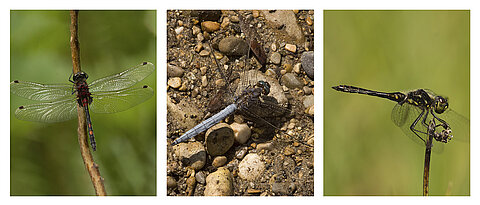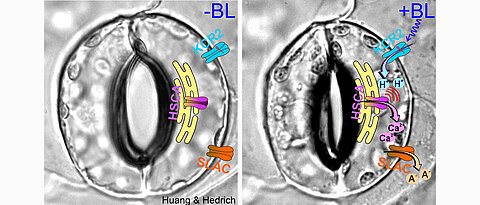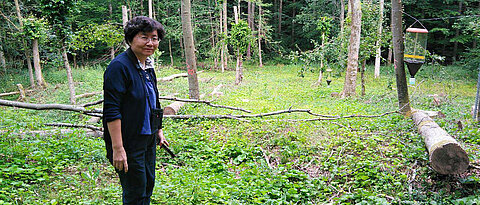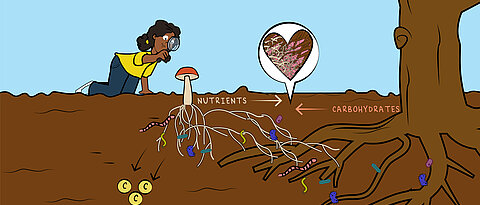
The colour of dragonfly communities reacts to seasonal variation in solar radiation. Over the last 30 years, however, this colour pattern has changed – probably as a result of climate change.
more
The colour of dragonfly communities reacts to seasonal variation in solar radiation. Over the last 30 years, however, this colour pattern has changed – probably as a result of climate change.
more
Using optogenetics, Würzburg researchers have detected a new acid sensor in plant cells that is addressing a cell-internal calcium store, as they report in the journal "Science".
more
A DFG research group led by the University of Würzburg has developed a method that makes it possible to analyse the relationship between biodiversity within and between ecosystems and the multifunctionality of entire landscapes.
more
How do flies and ants find their way? Neuroscientist Hannah Haberkern is investigating this question with a new Emmy Noether independent junior research group. To do this, she has moved from the USA to Würzburg.
more
Inspiring children around the globe to learn about soil diversity - that is the aim of an initiative launched by Malte Jochum, an ecologist at the University of Würzburg.
more